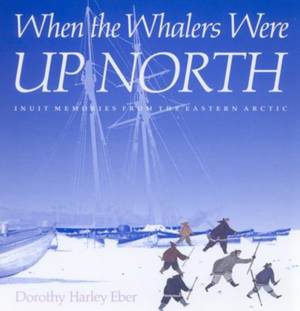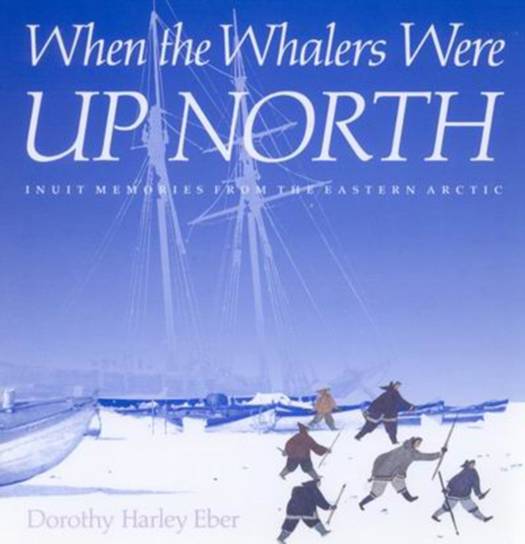
- Afhalen na 1 uur in een winkel met voorraad
- Gratis thuislevering in België vanaf € 30
- Ruim aanbod met 7 miljoen producten
- Afhalen na 1 uur in een winkel met voorraad
- Gratis thuislevering in België vanaf € 30
- Ruim aanbod met 7 miljoen producten
Zoeken
€ 51,95
+ 103 punten
Omschrijving
The author tells a story drawn from oral memories, a story which will soon disappear with the last Inuit generation to have seen the whalers. Illuminated by a remarkable collection of drawings, photographs, and illustrations, many in full colour, tales are told of when the whalers first appeared on the north-east coast of Baffin Island, how they set up land stations in the whale-rich waters of Cumberland Sound, and how they eventually pushed on into Hudson Bay. During this time the Inuit not only fed and clothed the whalers, they hunted with them, adding to the whalers' wealth. Our understanding of change in Inuit life is often linked to the fur traders, who arrived in the North fifty years after the arrival of the whalers. In truth it is the Inuit's close contact with the foreign world of the whalers which marked the beginning of a change in previously undisturbed Inuit culture and traditions.
Specificaties
Betrokkenen
- Auteur(s):
- Uitgeverij:
Inhoud
- Aantal bladzijden:
- 187
- Taal:
- Engels
- Reeks:
Eigenschappen
- Productcode (EAN):
- 9780773514218
- Verschijningsdatum:
- 20/01/1996
- Uitvoering:
- Paperback
- Formaat:
- Trade paperback (VS)
- Afmetingen:
- 213 mm x 213 mm
- Gewicht:
- 476 g

Alleen bij Standaard Boekhandel
+ 103 punten op je klantenkaart van Standaard Boekhandel
Beoordelingen
We publiceren alleen reviews die voldoen aan de voorwaarden voor reviews. Bekijk onze voorwaarden voor reviews.











